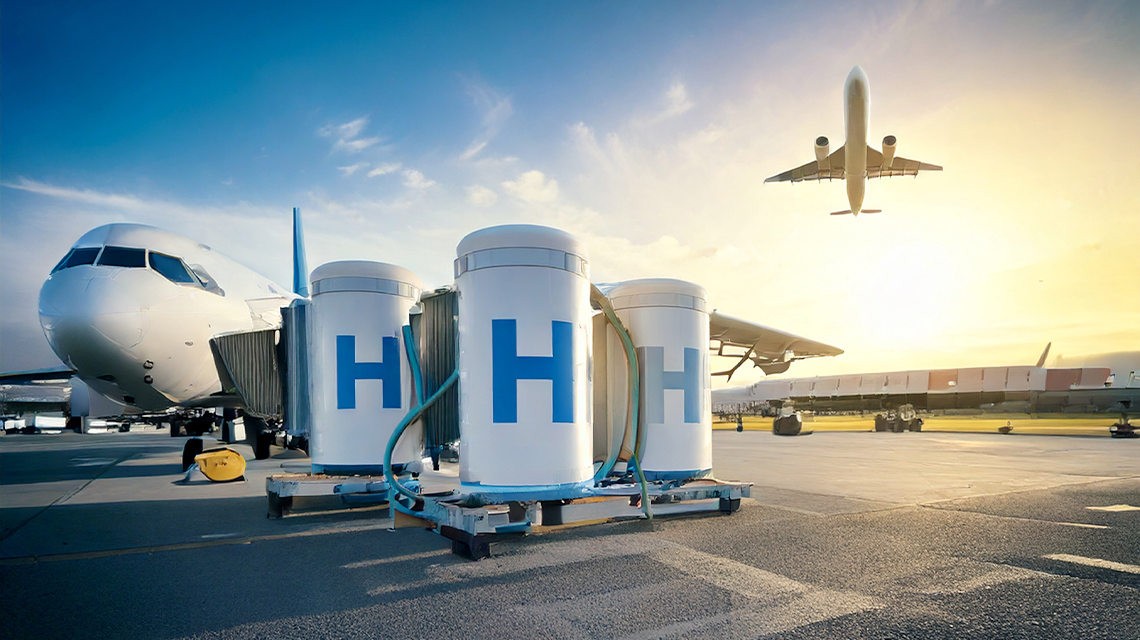Italian National Agency for New Technologies, Energy and Sustainable Economic Development

Transportation: Online ENEA-ENAC guidelines for using hydrogen at airports
ENEA and Enac (National Civil Aviation Authority) have developed the first guidelines on the use of hydrogen at airports, which outline specific actions and pathways for decarbonizing air transport. The handbook, available online and titled Hydrogen in the Airport Supply Chain, provides operational guidance, starting with an analysis of air transport regulation and airport traffic classification, offering measures based on airport size and user type.
Ports of call are divided into five categories, ranging from large community ports to territorial interest ports. For each category, the estimated need for hydrogen, the potential for hydrogen production and/or supply and the CO2 emissions that can be avoided are defined.
The guidelines also provide information for verifying the suitability of existing infrastructure at airports, availability of space for hydrogen production infrastructures and storage in or near the hub. Indeed, the selection of suitable sites requires consideration of several factors, including proximity to renewable energy sources like photovoltaic systems, space availability, safety and accessibility.
The guidelines were developed using the airports of Rome Fiumicino and Milan Malpensa as case studies, selected through a tender by Enac as part of the SAVES (Sustainable Aviation Vectors for Energy Transition) project. Airport operators, both public and private, were invited to submit their project ideas, to evaluate the technical and economic conditions necessary for the introduction of hydrogen at airports and identify the strategic actions to ensure long-term feasibility and sustainability.
As ENEA Director General Giorgio Graditi pointed out during the conference “Il sistema Italia per la riconciliazione del trasporto aereo con l’ambiente”, the SAVES project has brought together multidisciplinary expertise. The aviation sector is actively pursuing concrete startegies and is best positioned to face the energy transition, thanks to a structured logistics organization that can facilitate virtuous initiatives also for the benefit of surrounding contexts"
Giulia Monteleone Head of the ENEA Energy Technologies and Renewable Sources Department, noted that “the publication of the guidelines and the activity conducted as part of the SAVES project with Enac, Aeroporti di Roma, Sea and all the stakeholders involved represents a virtuous model of collaboration between industry, institutions and research aimed at fostering a common path for low-impact energy carriers in the airport sector, while making it a replicable example of ecological transition in industrial contexts and local communities”.
Currently, as the guidelines state, "the primary obstacles to hydrogen deployment are economic and regulatory. However, the airport sector can play a crucial role in overcoming these barriers. On the one hand, concentrating potential users and production infrastructure within a single hub enables economies of scale and improves the economic viability of projects. On the other, the highly regulated nature of airports makes them ideal environments for testing and developing innovative solutions that can serve as a reference for the evolving regulatory framework".
